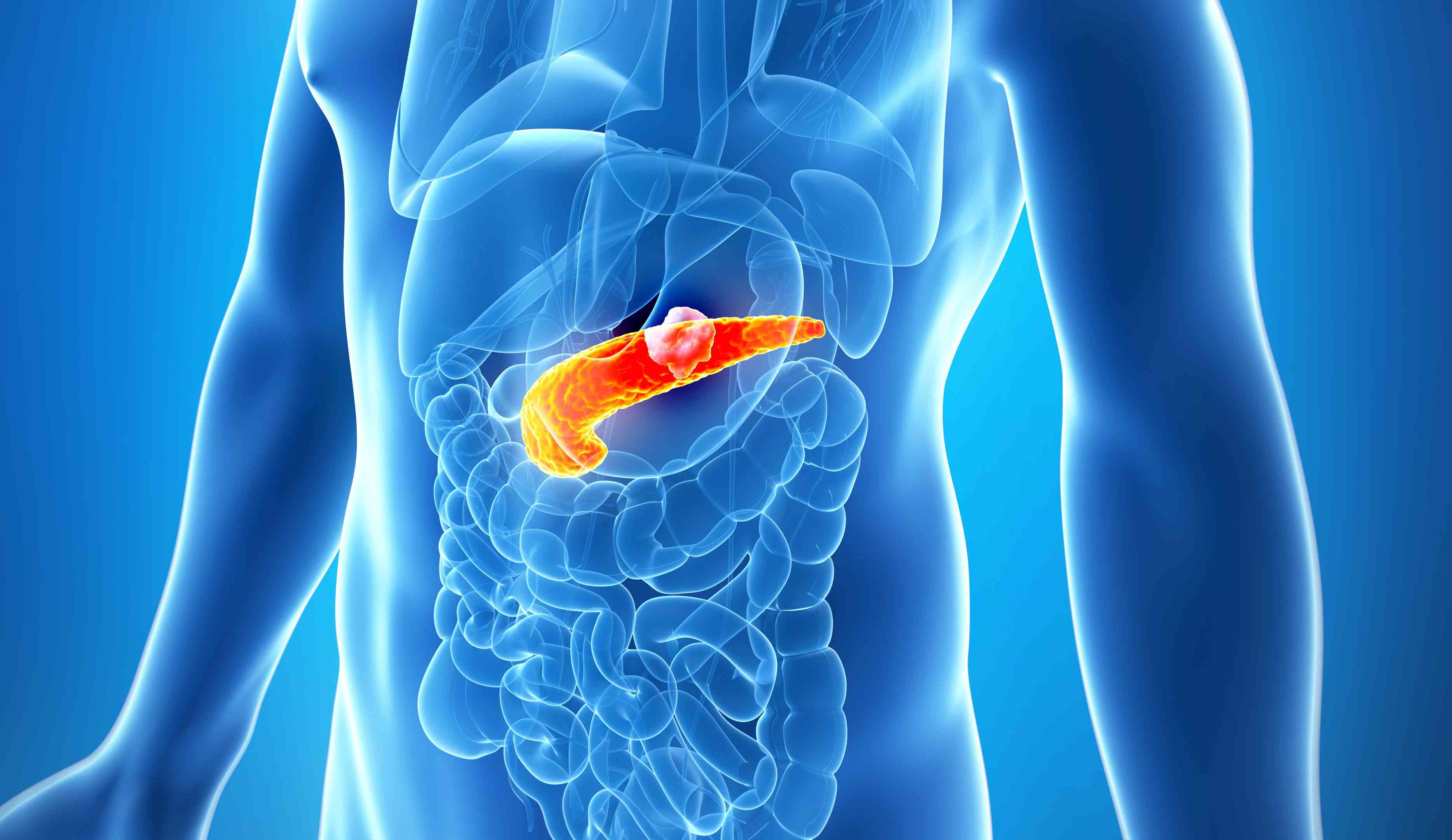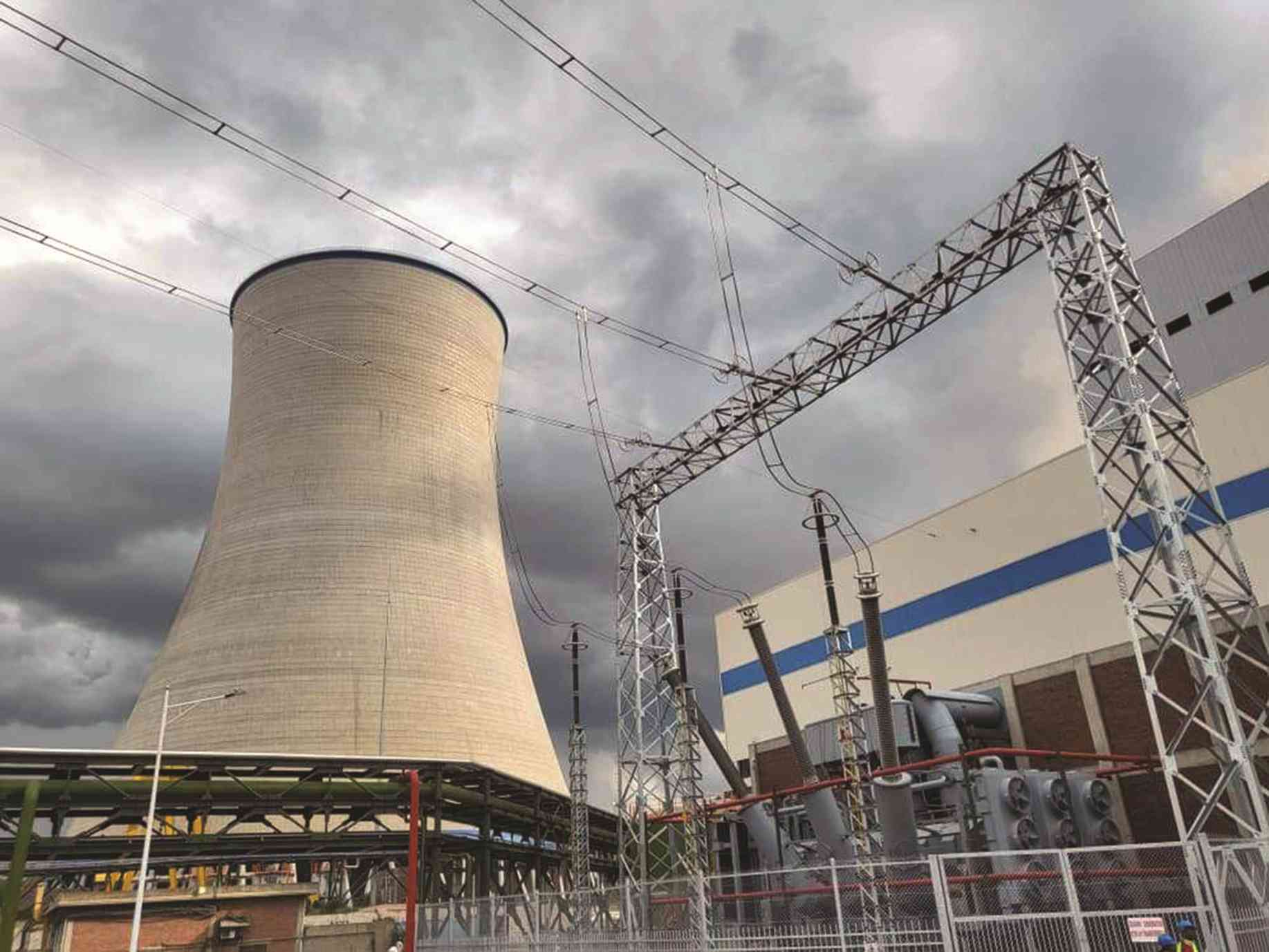
PIGGY has noticed an interesting trend that motor insurance has maintained dominance as the major source of business contributing c30%-40% of the Gross Premium Written in the Zimbabwe insurance sector.
In terms of market share, players such as Cell Insurance, Old Mutual and Nicoz Diamond dominated the space with a combined market share of c60%.
As illustrated in the diagram, it appears that motor vehicle insurance is the mainstay of several short-term insurance players operating in Zimbabwe.
That said, the future of mobility is set to have a significant impact and disruption effect on the motor vehicle insurance business.
This is because transportation technology and social trends are creating a new business ecosystem.
According to research by Deloitte LLP, young adults and urbanites are gravitating toward a model of personal mobility consumption based on pay-per-use rather than upfront purchase of a capital asset.
This fundamentally challenges today’s consumption model centred on personal ownership of cars.
A system that has been well established for over a century is on the verge of a major transformation that could result in the emergence of a new ecosystem of personal mobility. Of course, the new personal mobility ecosystem will likely emerge unevenly across geographies and evolve over time.
- Social media platforms should act on hate speech
- Sunday word: Battle of Biblical 'Armageddon'
- Instagram fined 405m over children's data privacy
- Business opinion: Social media branding for tourism
Keep Reading
The sharing economy
New business models of providing goods and services in a collaborative way are giving way to a form of centralised access.
In the context of mobility, the future of the sharing economy will be increasingly profes¬sionalised. Some influencers like Elon Musk argue for an increase in the sharing of privately owned vehicles. Factors that make this potentially viable include the scarcity of parking spaces, the high cost of vehicle ownership, the possibility of autonomous driving and access to security features that replace trust and reputation.
There is clear evidence that within the high-tech community, compa-nies are working to arrive at something radi¬cally different than today’s system of personally owned driver-driven passenger automobiles.
A new age is dawning, featuring fully autonomous cars accessible on demand. Progress toward it might be measured at first, but before long, a tipping point will occur, after which the momentum of change could gather speed.
Imagine a world where the following statements are all true:
Vehicles hardly ever crash. Autonomous operation removes the cause of almost all accidents: human error;
Traffic jams are rarities, thanks to sensors allowing for less space between vehicles and guidance systems with real-time awareness of congestion;
Energy demand drops, since smaller mass and weight allow cars to be propelled by more compact, efficient, and environmen¬tally friendly powertrains;
Trip costs plummet, with average cost per passenger dipping by over 60% thanks to dramatically higher rates of asset utilization;
Infrastructure is funded by charges for actual usage, since connected car technol¬ogy allows systems to precisely calculate personal road use;
Parking lots disappear, as the rise of autonomous-drive and carsharing models diminish need;
Law enforcement ceases to concern itself with traffic, since autonomous vehicles are programmed not to exceed speed limits or otherwise violate traffic laws;
Speed of deliveries quickens, and costs decrease through the rise of fully autono¬mous networks of long-haul trucks that can operate for more extended time periods and cover longer distances with lower labour costs; and
Seamless multimodal transportation becomes the new norm, as greater system interoperability enables consumers to get from point A to point B via multiple, connected modes of transportation on a single fixed price charged on a single payment system.
Piggy has also noted that much of the technology already exists to turn this vision into reality, and disrupters are working toward implementing it and catalysing the transformation.
For example, Google’s driverless cars have been driven in autonomous mode and the company is running pilot programmes with small fleets of fully autonomous vehicles.
Equally disruptive and far more mature are car-sharing and ride-sharing. The movement that started with Zipcar has more recently spawned the ridesharing concepts of Uber and Lyft.
It is envisaged that economic scale and increased competition will drive the expansion of shared vehicle services into new geographic territories and more specialised customer segments.
In future, autonomous driving will have reached higher levels, allowing for both people and goods to be transported more independently.
Most individual mobility will probably be shared and made available through platforms as on-demand services, and the first vehicles without a supervisor will go into operation.
Change will happen unevenly around the world, but industries will rise while others fall given that disruption will extend far past the automotive industry.
Every aspect of the modern economy based on the assump¬tion of human-driven, personally owned vehicles will be challenged.
Each company in this new ecosystem will have to deter¬mine where to play and how to win.
As in any time of large-scale transformation, we can expect to see new players, with differ¬entiated capabilities, emerge and change the fundamental dynamics of where and how value is created. Ultimately, the market, in its relentless quest for higher performance at lower cost, will decide who wins and who loses. Learn more about investing and trading by joining a PiggyBankAdvisor WhatsApp Group (+263 78 358 4745).
Matsika is the managing partner at Mark & Associates Consulting Group and founder of piggybankadvisor.com. —[email protected]/[email protected] or +263 78 358 4745.










